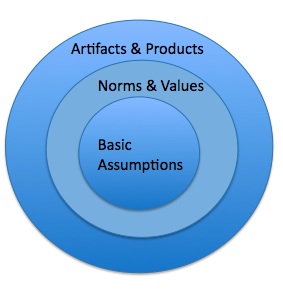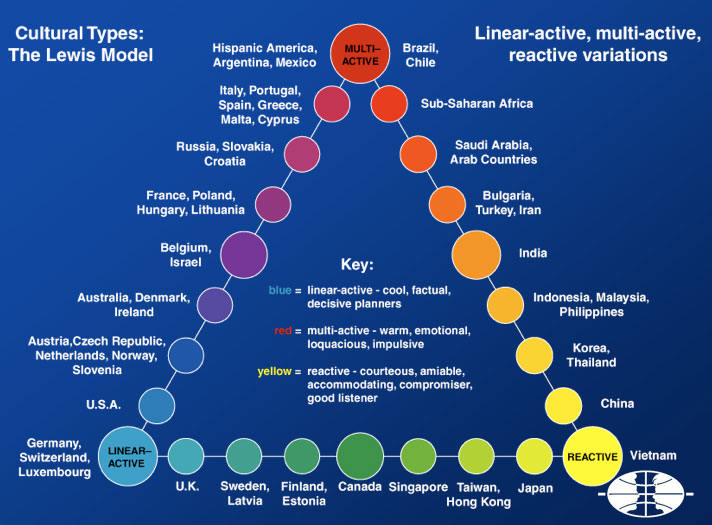 Have you ever thought that you will never be able to meditate as your life is filled with work, children, pets, shopping, cleaning, cooking, gardening etc. etc.? Trust me, you are not alone! On the contrary, when looking around me, I don’t know anybody who could actually not identify with the above. Quite sad I find, as the most precious moments in a day are these couple of moments that you dedicate to yourself and to your own well-being.
Have you ever thought that you will never be able to meditate as your life is filled with work, children, pets, shopping, cleaning, cooking, gardening etc. etc.? Trust me, you are not alone! On the contrary, when looking around me, I don’t know anybody who could actually not identify with the above. Quite sad I find, as the most precious moments in a day are these couple of moments that you dedicate to yourself and to your own well-being.
But the good news is that, if I am able to find time in my busy life, you also can! It is actually quite easy if you start by reminding yourself that 15-20 minutes of practicing a relaxation technique a day can easily be the equivalent of 2-3 hours of sleep[1]… as I can never get enough sleep it seems, the prospect of spending only 15-20 minutes a day meditating and feeling like having slept over 10 hours at night, is really an exciting one for me.
The second thing to keep in mind is that you don’t necessarily need to practice ‘formal’ meditation each and every time but that there are many ‘informal’ ways that can be highly beneficial to you also. Whereas “in formal mindfulness practice, the meditator sits with eyes closed, focusing the attention on the sensations and movement of the breath for approximately 45-60 minutes at a time, at least once a day”[2]; the informal mindfulness practice can basically be carried out in any situation of your life.[3] So, here’s how to make some space for yourself:
1) Use some of the time you spend walking during the day to do it in a ‘mindful’ way. Do you walk with your dog? Walk the children to school? Walk to the train or simply walk to lunch or around the office/your house? Well, just bring full moment-to-moment attention to everything happening in your body while you walk; that’s it! You can actually walk at any speed, slowly or fast. What counts is that you are fully into what you are doing.[4]
2) Take one of the routine actions you perform during the day (washing, cooking, brushing your teeth etc.) and start doing it mindfully. Concentrate on the action itself and clear all other thoughts in your mind. What are you feeling? What are you smelling/tasting?
3) Eat one meal a day mindfully, really tasting what you eat and being fully there… it can be as short as 10 minutes or as long as a full meal. Focus on the texture of the food, the different sensations you might have etc.
4) Take 15 minutes of out of your lunch/coffee break or fix a meeting with yourself in your calendar. Find a quiet space, be it a cubicle, your car or your kitchen and concentrate on breathing and clearing your mind. Every time your thoughts wander away, gently bring them back.
It truly can be as simple as that… try it out and write back to me!
Let me finish this post with a quote I find very inspirational:
If we learn to open our hearts, anyone, including the people who drive us crazy, can be our teacher ~ Pema Chodron[5]
[1] Just search for this on the internet and you will find multiple articles on the subject, such as http://www.angelfire.com/hi/TheSeer/technique.html for example.
[2] Free medical dictionary: http://medical-dictionary.thefreedictionary.com/meditation
[3] Read for example the Chapter ‘Mindfulness Without Butt on Cushion”, p. 51 et seqq. in “Search Inside Yourself” from Chade-Meng Tan.
[4] See also ‘Walking meditation’ in “Search Inside Yourself”, p. 55-56.
[5] Found here : http://mindfulproductivity.net/2012/03/12/mindfulness-quotes/




